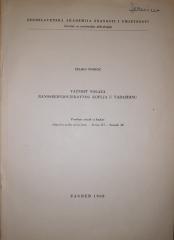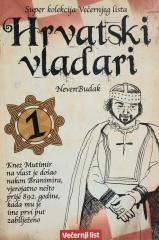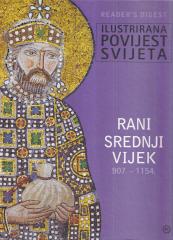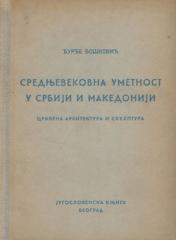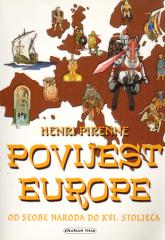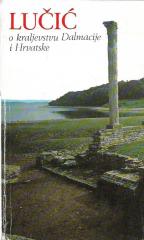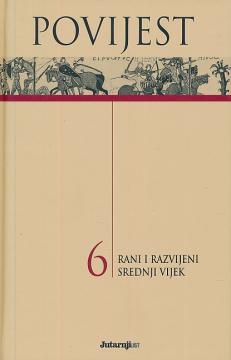
Povijest #6: Rani i razvijeni srednji vijek
The sixth volume covers the period of the European Middle Ages from the time of Charlemagne to the end of the 14th century, a period marked by the dynamic creation of feudal Europe, but also by the existence of Byzantium as a link between antiquity and th
The focus of this volume is on the creation of feudal Europe, with an emphasis on political, social, cultural and religious changes.
The Early Middle Ages are marked by the migrations of peoples (Germans, Slavs, Huns), the emergence of barbarian kingdoms and the spread of Christianity. Charlemagne (crowned 800) and the Carolingian Renaissance are key to the renewal of culture and education. The Byzantine Empire preserves the Roman legacy, while Islam under the Umayyads and Abbasids brings a scientific flourishing.
In the High Middle Ages, feudalism shapes society, with nobles, knights and serfs. The Church strengthens the papacy, culminating in conflicts such as the Investiture Controversy. The Crusades (11th–13th centuries) reflect religious fervor, but also cultural exchange. Cities develop, trade flourishes, and universities become centres of knowledge.
The Croatian context includes the settlement of Croats, Christianisation and the creation of a kingdom under Tomislav (925), with relations with Byzantium and Hungary. The book, edited by Enrico Cravetto and Ivo Goldstein (for the Croatian edition), is richly illustrated, providing a comprehensive overview of the period.
Two copies are available
